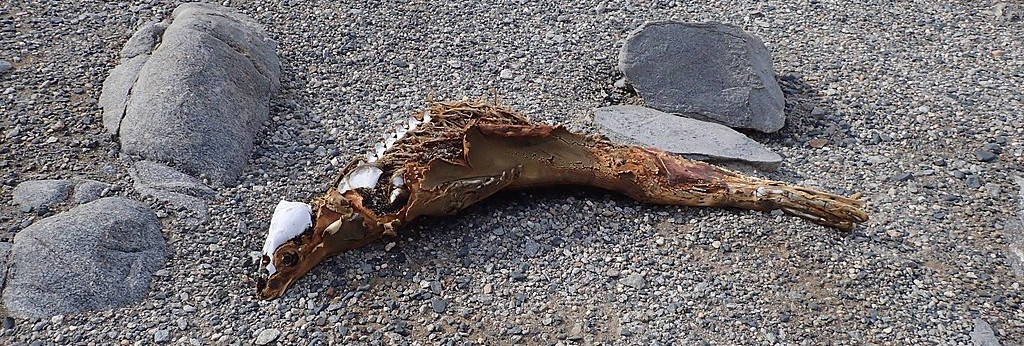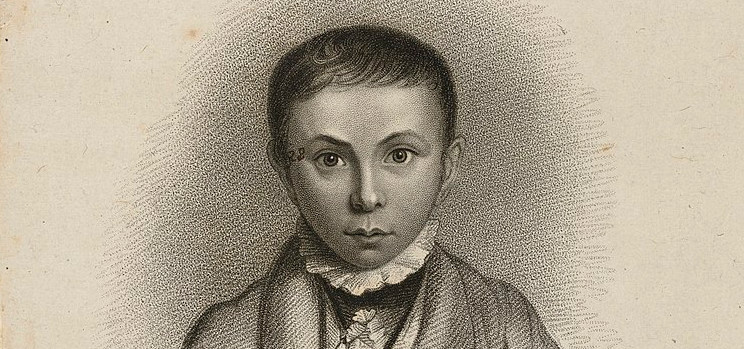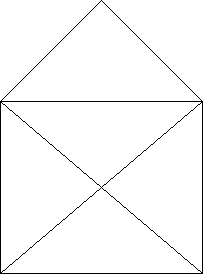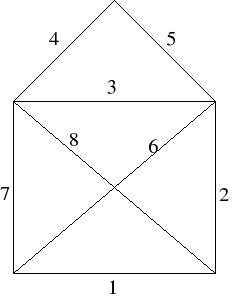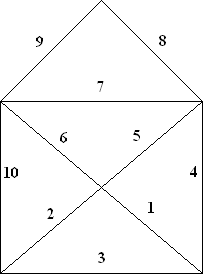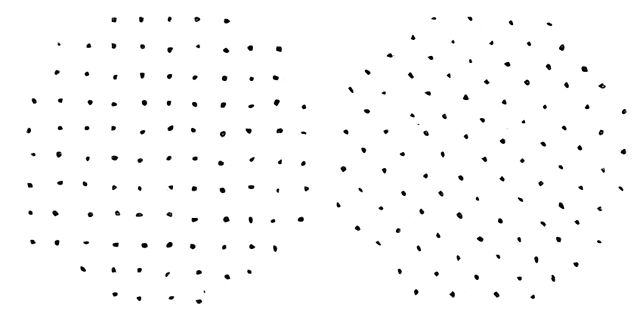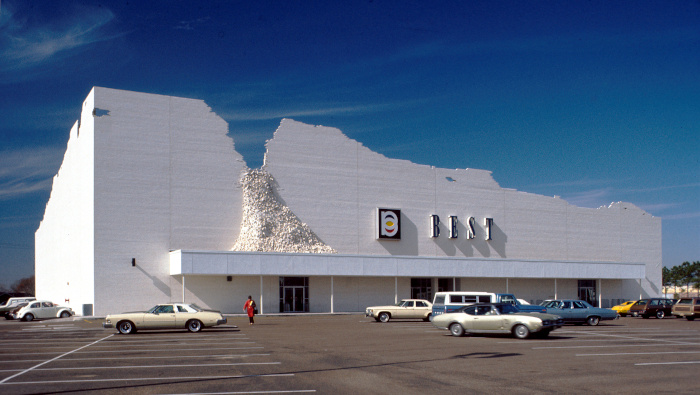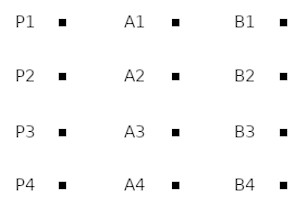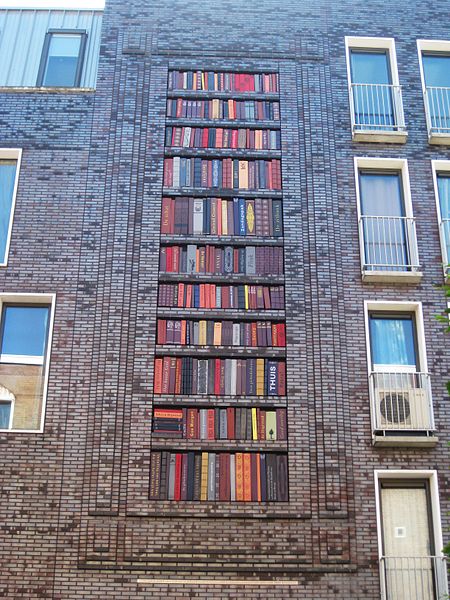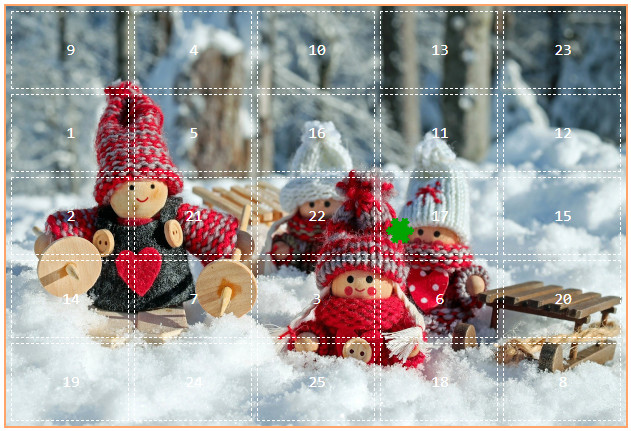
University of Cambridge mathematician Matthew Scroggs has post his annual Christmas puzzle: Behind each day in an advent calendar lies a puzzle with a three-digit answer. Combined, the answers reveal a series of compass directions that lead to Santa’s house. Ten randomly selected people who solve all the puzzles and find Santa’s house will receive prizes. More info here.

